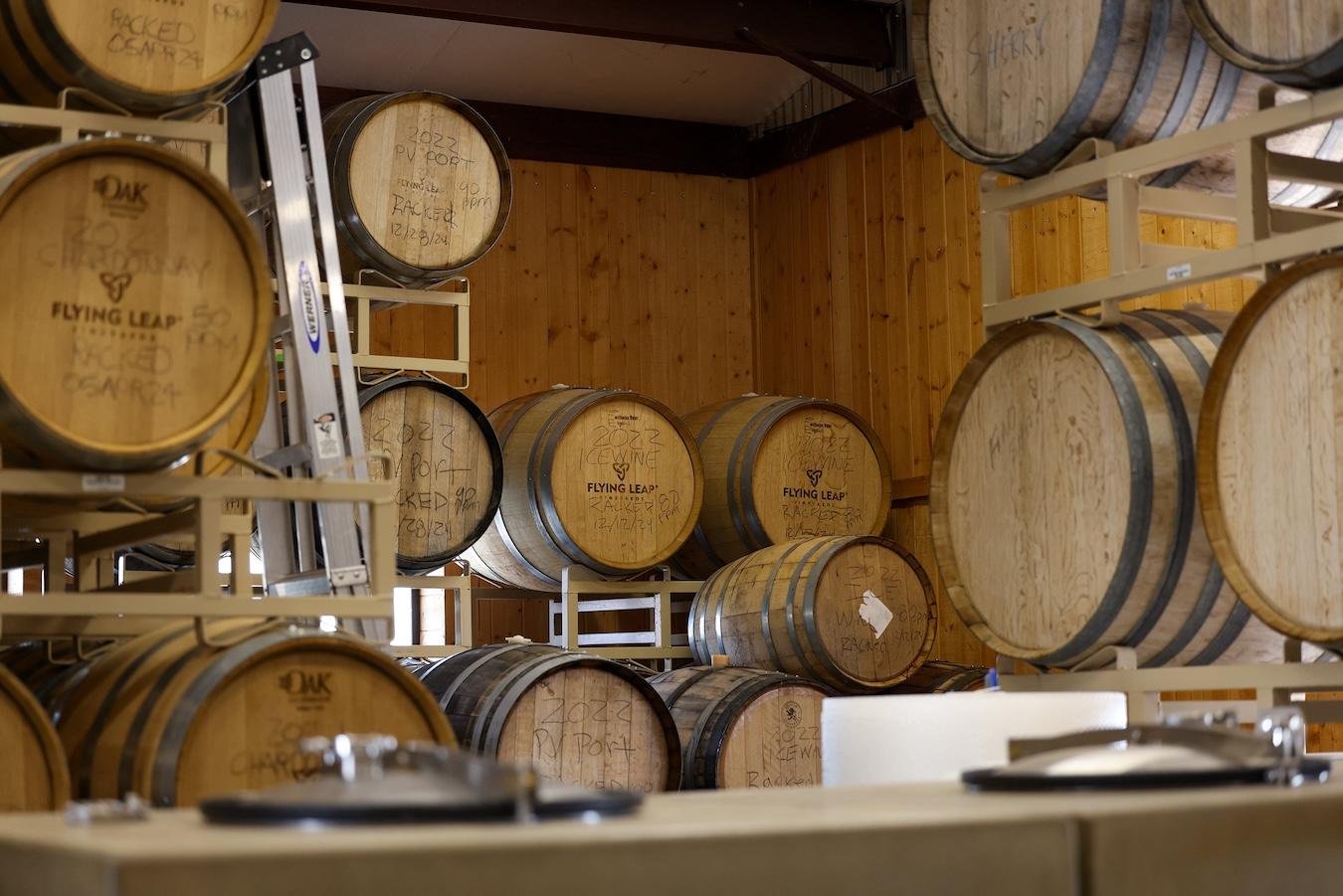arizona
Arizona’s Wine Industry Battles Trump’s Tariff War and Market Turbulence

As the U.S. tariff war continues to evolve, Arizona’s wine and spirits industry is carefully assessing the potential impacts on local businesses and consumers. Recent trade tensions escalated when President Donald Trump threatened a staggering 200% tariff on European Union wine and spirits. This threat emerged after the EU unveiled plans for a 50% tariff on American whiskey.
This week marked a pivotal change in the trade landscape. On Wednesday, the EU authorized retaliatory tariffs ranging from 10% to 25% on various U.S. goods. However, this was temporarily halted a day later when Trump announced a 90-day pause on many of the tariffs he proposed the previous week. Such tariffs could significantly affect Arizona’s wine industry, particularly concerning supplies and distribution.
Kent Callaghan, owner and winemaker of Callaghan Vineyards in Elgin, highlighted the likely consequences. His business relies on barrels and corks sourced from Europe, which he prefers for their quality and flavor profile. “I much prefer using European oak, French in particular,” Callaghan stated, indicating his reluctance to switch to American alternatives despite possible cost increases.
Despite this, Callaghan’s business primarily serves local consumers, with about 85% of revenue generated from sales at the winery. As a result, he believes potential retaliatory tariffs will have limited impact on his operations. Similarly, Mark Beres, president of Flying Leap Vineyards & Distillery, echoed this sentiment, noting that since his business does not export overseas, the tariffs on American goods would likely not affect them significantly.
While Beres acknowledged the potential for tariffs to influence their supply chain, he expects minimal effects, as many supplies have already been sourced from American vendors. However, he pointed out that broader industry challenges pose greater risks. Inflation is a concern, as is an oversupply of wine amidst decreasing consumer demand. Additionally, changing drinking habits among younger generations are reshaping the industry landscape.
Ken Phox, president of Tequila Corrido, highlighted similar trends in the spirits industry. His company, which operates a warehouse in both Arizona and Mexico, is waiting to see how tariffs will unfold. Phox reported that while they haven’t yet felt the effects of tariffs, some distributors have reacted by increasing their orders in anticipation of supply chain disruptions.
The potential impacts on consumer prices remain uncertain. Callaghan emphasized that prolonged tariff disputes could necessitate passing on increased costs to consumers, although local wineries might manage better due to their business structure, which involves fewer intermediaries. “We’re able to absorb costs more easily,” he said, contrasting with newer entrants to the industry who may struggle.
Beres remains cautious, stating, “The real question is how this will affect demand for wine.” If demand for American and local wines surges, there could be a positive bump for businesses. Conversely, a decline in demand could resonate negatively. He concluded that the challenges faced by wineries are complex and encompass broader trends that have been in play long before the current electoral and tariff instabilities.

















